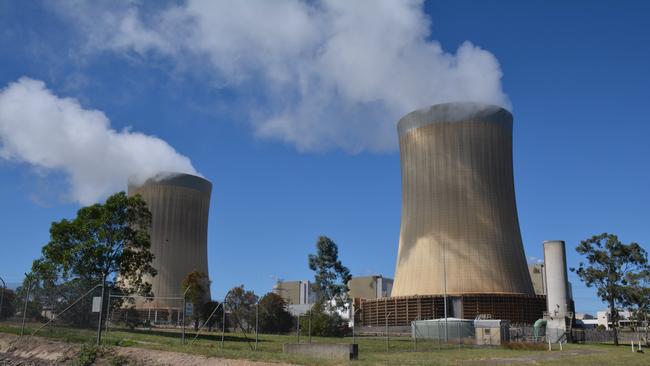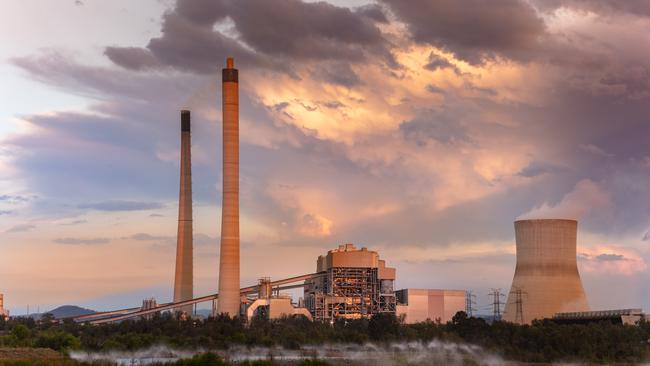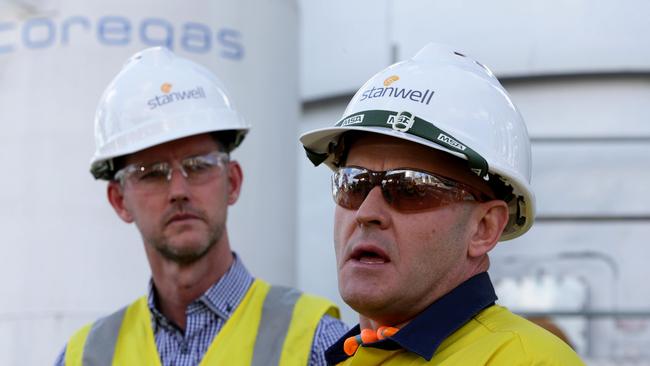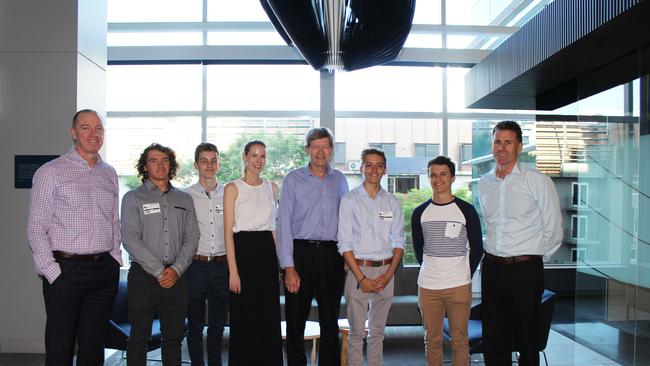Will coal fired power stations result in climate disaster?
Energy giants Stanwell and CS Energy have invested hundreds of millions to reduce emissions.

Gladstone
Don't miss out on the headlines from Gladstone. Followed categories will be added to My News.
Coal fired power stations are leading Central Queensland and the state on a path to climate disaster if we are to meet a zero net emissions goal by 2050, according to the Queensland Conservation Council.
But the energy giants are determined to win the battle, investing hundreds of millions into cleaner technology.
Despite carbon dioxide emissions dropping slightly in the 2019/20 financial year, from 46.72 million tonnes, to 43.26 million tonnes from the state's eight coal fired power stations including Gladstone's NRG plant and Biloela's CS Energy facility, the Conservation Council said they were far higher than was sustainable.
Emissions figures were released by the National Greenhouse and Energy Reporting Scheme.
"If Queensland's coal fired power stations keep operating at 2019 levels until their projected end dates, they are set to emit a staggering 800mt of Co2e into the Queensland environment," said Queensland Conservation Council's director, Dave Copeman.
"That's 72 per cent of Queensland's total remaining emissions budget allocated under the current inadequate plan."

To meet the zero emissions by 2050 target, the Conservation Council said Queensland's total emissions budget is 1.2 billion tonnes of Co2e, while Australia's is 5.5 billion tonnes from 2017-2050.
The Conservation Council said the six state-owned coal fired power stations were together the second biggest Co2 emitters in Australia.
AGL is the only corporation emitting more Co2 (42 million tonnes), according to the Conservation Council, than the six Stanwell and CS Energy-owned plants which emitted 30 million tonnes.
The Conservation Council called on all of Queensland's coal fired power stations to be replaced by 2030 as "the easiest and cheapest way to bring our emissions down."
"Every fraction of a degree in global warming matters," said Mr Copeman.
"Every 0.1 reduces the chance the reef survives, and increases risks of storms, floods, drought and fire.
"Energy is the easiest sector to take action on to achieve meaningful results for Queensland. "Renewables are cheaper, greener and can produce all of Queensland's energy needs."

But both Stanwell Corporation and CS Energy have defended their records.
Stanwell Corporation said it operated two of the most efficient and reliable coal fired power stations in Australia, Tarong North and Stanwell, near Rockhampton.
Tarong North Power Station, in the South Burnett, is an advanced cycle coal-fired unit, which uses supercritical boiler technology, making it one of the most efficient coal-fired power stations in Australia.
Stanwell Power Station, near Rockhampton, also has a lower emissions intensity than other coal-fired power stations in the National Electricity Market.
Stanwell invested more than $164.9 million in capital projects in 2019/20, ensuring its power stations operated at optimal efficiency and reliability, and statutory requirements continued to be met.
Stanwell's chief executive officer Richard Van Breda said Stanwell had to adapt and transform its energy portfolio to reduce its overall emissions intensity and respond to changing customer expectations.
Mr Van Breda said the total emissions for Stanwell Corporation Limited decreased 5.33 per cent from 2018/19 to 2019/20.
"Stanwell underwent significant change in 2019, with our renewable and low-emission assets, Barron Gorge Hydro, Kareeya Hydro and Swanbank E Power Station, transferred to the newly created CleanCo Queensland," Mr Van Breda said.
"We are investigating a range of renewable technologies such as wind, solar, bioenergy and green hydrogen, and energy storage.
"We also have a 348MW offtake agreement with Clarke Creek Wind Farm, which will be one of Queensland's largest grid-connected wind farms once operational."

CS Energy-owned coal fired power stations reduced greenhouse gas emissions last financial year by 15 per cent, partly due to decreased production.
CS Energy CEO Andrew Bills said the company's greenhouse emissions intensity shifted slightly each year depending on coal quality, electricity output and the mix of our generation fleet in service.
"In FY2020 we invested $147 million in overhauls and capital projects at our Kogan Creek and Callide power stations," Mr Bills said.
Mr Bills said CS Energy's coal-fired power stations continued to play an important role in providing energy security as the economy transitions to a greater use of renewable energy.
"CS Energy is responding to this energy transition. We recently invested $4.5 million in the Callide B1 generating unit to enable it to operate more flexibly in response to the changing market.
"We are diversifying our portfolio with renewable energy offtakes to support the requirements of our large commercial and industrial customers.
"We are also exploring opportunities in renewable hydrogen, through our feasibility study with IHI into a hydrogen demonstration plant at Kogan Creek Power Station, and our involvement in QUT's Redlands hydrogen project."
Other stories:
FIRST LOOK: Another CQ island is about to hit market
WATCH: Residents stunned as space rocket crosses CQ sky
Emergency services battling Woorabinda building fire


